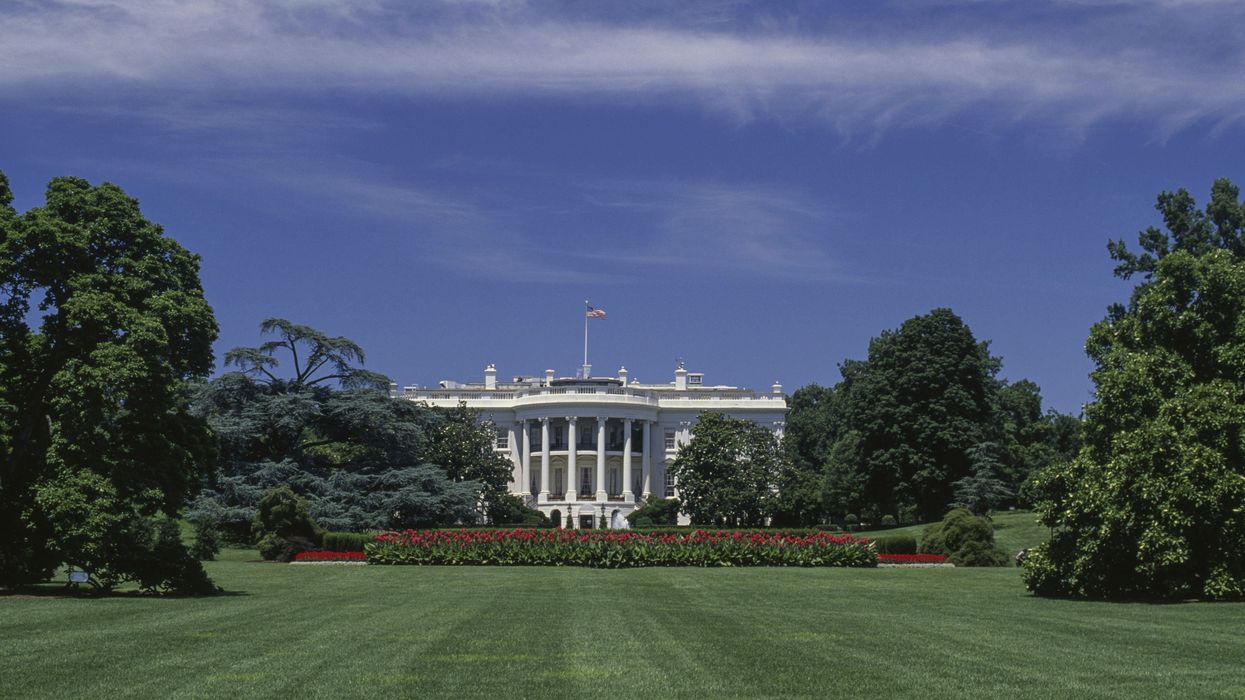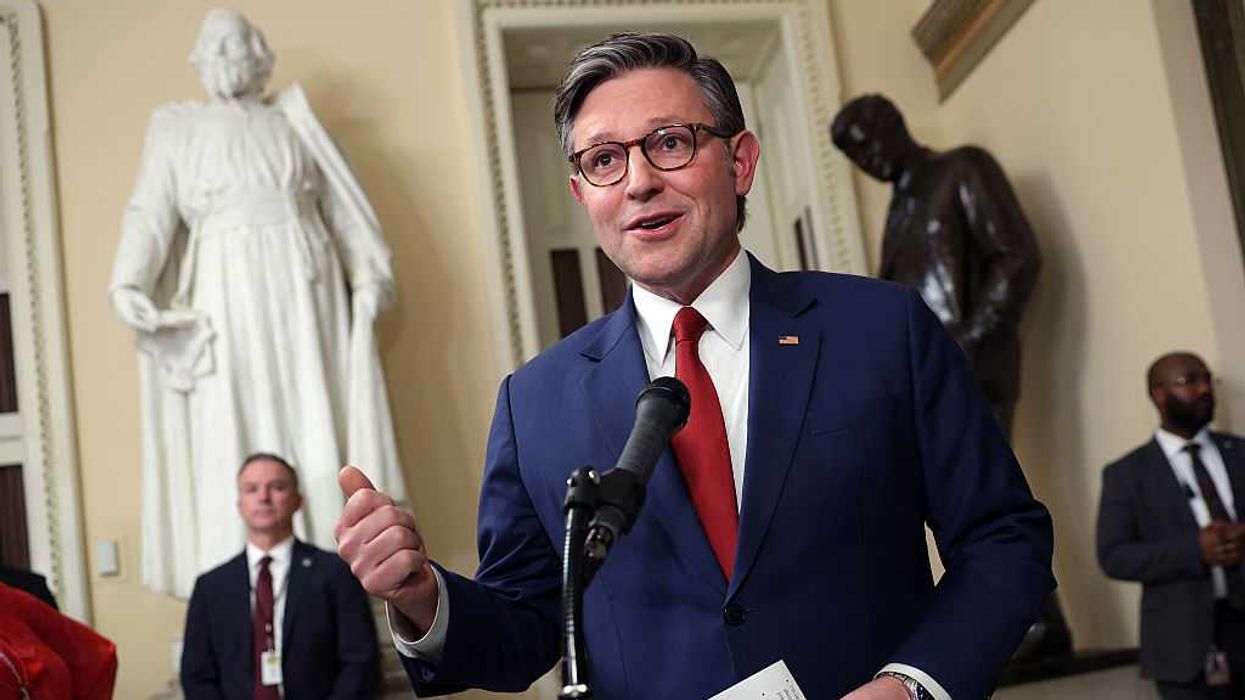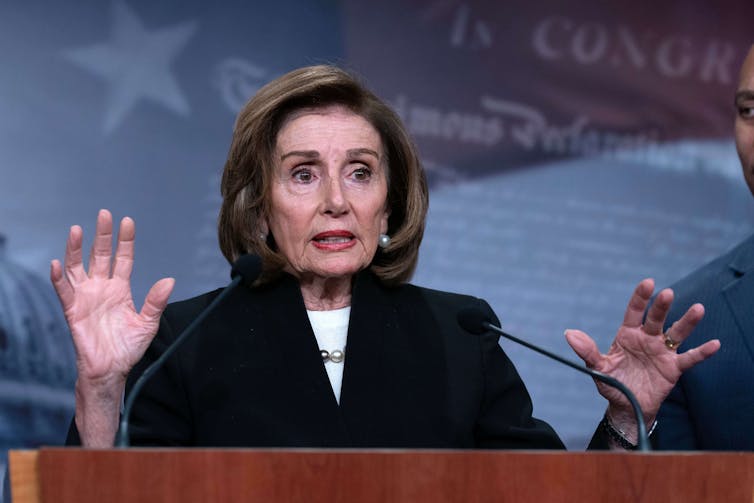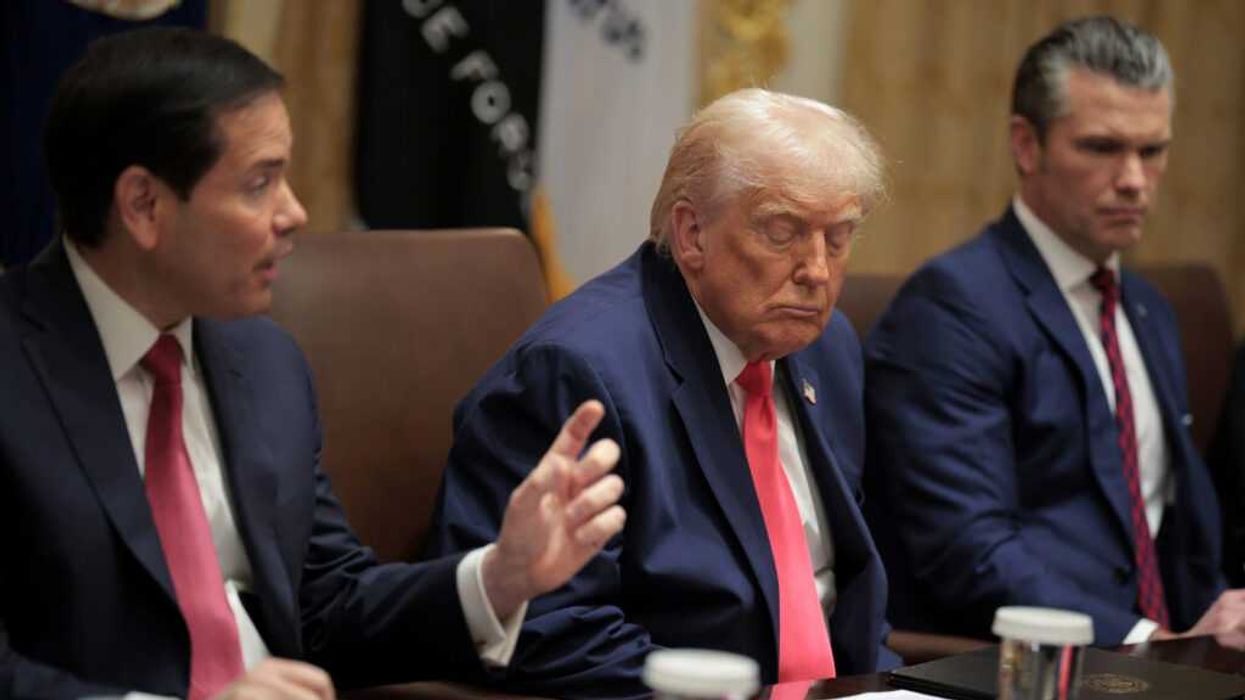Sarat is a professor of jurisprudence and political science at Amherst College.
Covid-19 has put federalism in the headlines and scrambled the usual alignment of forces favoring either federal or state governments as the dominant power.
Whether it is the different decisions by governors about when to ease coronavirus restrictions, or Senate Majority Leader Mitch McConnell's assertion that states going bankrupt is preferable to a congressional "blue state bailout," arguments about the proper balancing of federal and state powers and responsibilities have become a regular part of our pandemic politics.
Democrats and liberals, and those who champion equality and inclusion, have generally opposed states' rights at least since the New Deal. They have looked to the national government to promote policies that support disadvantaged people and minority groups. But, as the coronavirus crisis has progressed, and the national government's response to it has become more vigorous, the left has started singing a different tune.
States' rights sentiment is now enthusiastically embraced by Democrats such as Gov. Gavin Newsom of California, who last month referred to his home as a "nation-state" that might "export" needed medical supplies to other states.
This enthusiasm was displayed in reactions to Attorney General William Barr's threat to sue any states that keep people under what he termed "house arrest," and in the dustup over President Trump's declaration that he has the "ultimate authority" to decide when and how to reopen states. He told reporters assembled for one press briefing last month that "when somebody is the president of the United States, the authority is total and that's the way it's got to be. ... It's total. The governors know that."
Trump's assertion of executive authority represented an astonishing change of course. Both before and after he boasted about his power, the president had argued that management of the crisis was the governors' problem.
Resistance came swiftly to Trump's claim of embodying total federal control. The third-ranking member of the House Republcian leadership, Liz Cheney of Wyoming, rallied to the defense of federalism, bluntly tweeting back that the federal government "does not have absolute power."
Gov. Andrew Curomo of New York said, "I don't know what the president is talking about, frankly … we don't have a king." The Democrat warned of a "constitutional crisis" if the president ordered state officials to reopen their economies. Cuomo said he would openly "oppose" such an order.
The president initially compared Cuomo's defiance to a "mutiny" before tempering his remarks and changing his position as criticism mounted.
The mutiny to which Trump refers has roots in the early 19th century, when southerners waved the banner of states' rights to protect slavery.
One of the most important early proponents was John C. Calhoun, who as vice president under Andrew Jackson argued that states had the right to "nullify" and disregard whatever federal laws they regarded as unconstitutional. That view later fueled the secessions across the South.
States' rights, and the bold assertion of state prerogative against the federal government, were tainted by the legacy of slavery and the Civil War — a legacy that helps account for continued liberal resistance to those ideas.
That resistance was cemented in the aftermath of the Supreme Court's Brown v. Board of Education decision of 1954. Two years later, the "Southern Manifesto" called on states to mount a campaign of "massive resistance" to desegregation of schools.
Gov. Orval Faubus of Arkansas and Gov. George Wallace of Alabama literally stood in schoolhouse doors to do more than just prevent black students from attending previously all-white schools. They wanted to make clear their opposition to what they saw as the heavy-handedness of the federal government's effort to promote civil rights.
More recently, state sovereignty has been associated with opposition to gay marriage. While some states led the way in promoting marriage equality, leaders across the South claimed the Supreme Court's 2015 decision that same-sex couples have a constitutional right to marry violated the Constitution's protection of religious liberty — so state and local officials were not bound by that ruling.
There is, however, a lesser known history of states asserting themselves to promote democracy and equality. For example, Massachusetts abolished slavery in 1783. And in 1889, three decades before the adoption of the 19th Amendment, Wyoming became the first state to put women's suffrage into its state constitution.
The early 20th century saw states lead the way in protecting workers from the ravages of unfettered capitalism, sometimes in spite of or in opposition to national policies. Reflecting on these initiatives in 1932, Justice Louis Brandeis called states "laboratories of democracy."
And in 1977, in the twilight of two decades of liberal activism on the high court, Justice William J. Brennan Jr. penned a Harvard Law Review article calling on state supreme courts to ignore those U.S. Supreme Court decisions they found unconvincing and strike out on their own to protect civil liberties and civil rights.
Liberals also embraced states' rights when Republican presidents including Richard Nixon and George W. Bush occupied the White House. And, with the election of Donald Trump, they again warmed to that idea. Some even suggested that states should secede, what they call "bluexit."
And, when not dreaming of secession, liberals praised states for going their own way on environmental issues and asserting their prerogative to create sanctuaries for people illegally in the country.
During the current national public health emergency, they are looking again to states for leadership. Fueled in part by liberal support, the country has entered a new era for federalism in which the exercise of state prerogative will not wither when life returns to normal.
But as they continue to lead the nation's coronavirus response, governors and their liberal allies should make clear they are not advocating a wholesale return to states' rights. They should instead reiterate their commitment to a democratic and inclusive society — and to a government committed to rationality, the rule of law and respect for human dignity at the local, state and federal level.





















